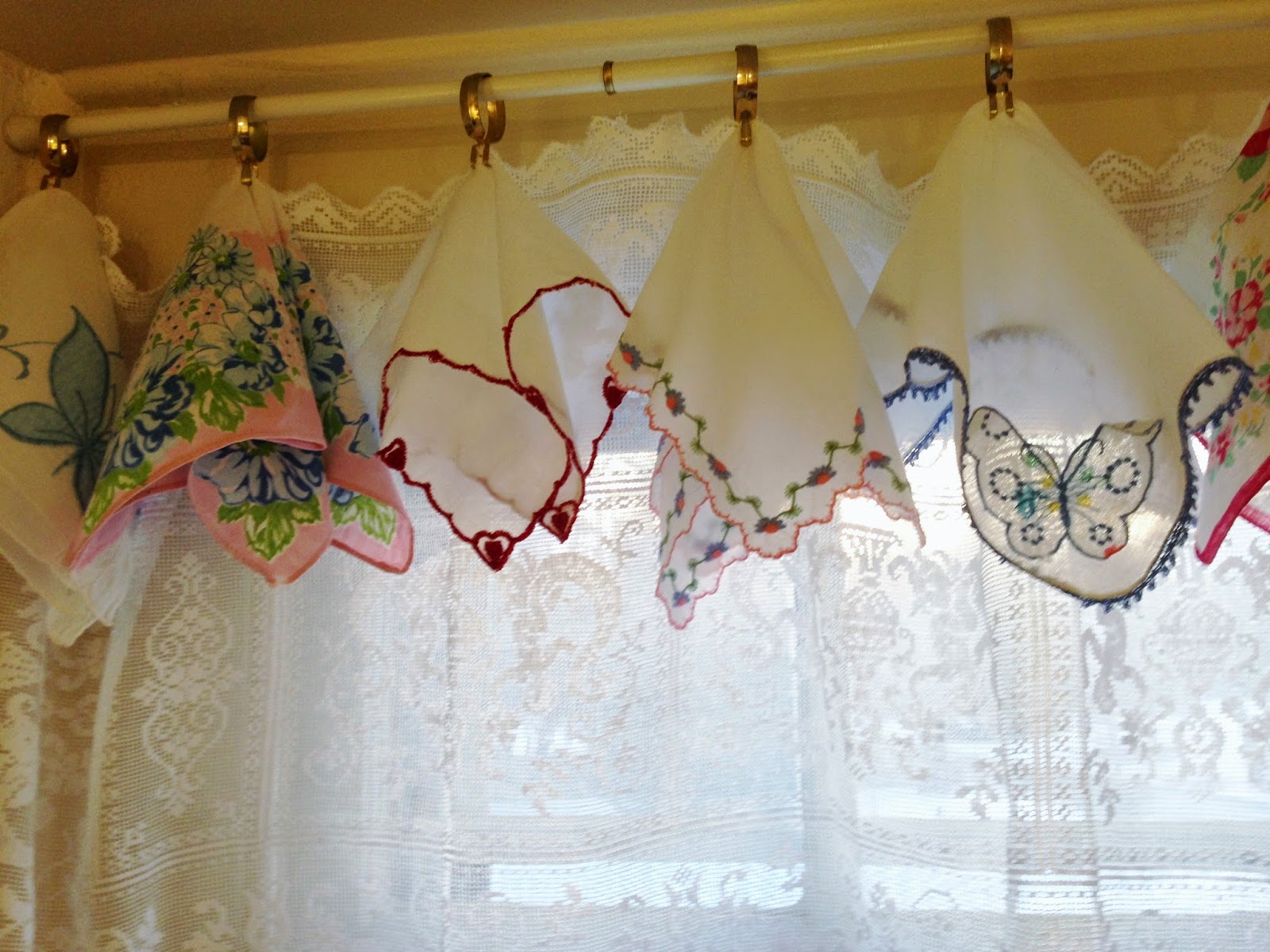Who me? Because I am super busy just keeping my rooms filled up with vintage goodness at Stone House Antiques and the People's Store. I really don't need to take on custom work. But my manager, JP, knows best. There are some very dark, very cold days in February when few venture into the shops, sales are slow, and there is copious time for doing custom work. So I take on a few such projects every year.
Of course, it helps if you have the perfect customer, like this one, who told me right away that she was in absolutely no hurry for the project and to please just call her when it was done. So I did. Little did I know that this project would become my Red Velvet Nightmare. Here's what I started with:
TWO of these, actually. My customer picked them up at the local flea market and brought them straight to me and this is when I made my First Mistake: always have your technique determined before you quote. You see, I planned to remove the seats and backs and spray these pieces to speed up the project. Little did I know that the backs were stapled to the frame with 10,000 staples and impossible to remove. I would need to mask off the back cushions, front and back.
Which leads to Mistake Number Two: Always have your up charge chart available and charge for extras. Don't blink. If it takes more time to finish, ask for more money. Because after some discussion, my customer decided to leave the cane work natural and not paint it. So now I would need to mask off both the back and the cane work. And that becomes ridiculous, because I am masking more than I am painting, and I decided to paint the frame by hand. And getting into all of those little cracks and crevices required a teeny tiny paintbrush and a boat load of patience.
And three coats of Annie Sloan Old White chalk paint, with sanding in between, thank you very much. And let's not even talk about the glazing I did at not charge to match another piece. And the poly sealing.
Which brings me to Mistake Number 3: I did not carefully examine the condition of the piece prior to quoting. Because the cane work was a hot mess. It was broken and there was a lot of varnish chipping off. After I got home with the chairs I noted this, photographed it and sent the photos to the customer. I wanted her to know that this was a pre-existing condition. And, of course, I couldn't do the rest of the work and leave this alone. I had to use acrylic paint to touch up the chipping, and finish with a satin poly. Because I just can't leave well enough alone. And of course I didn't charge for it.
Now the nightmare really began with Mistake Number 4. I had limited experience with fabric paint and had never painted on red velvet. And the first coat looked like this.. yeah, like it never even happened. It took countless coats of Annie Sloan mixed with textile medium to get the fabric covered. I lost track of the hours at this point and brought the chairs back home from the studio to my basement where I could finish the textile painting in perfect solitude while watching whatever was on HGTV. Those are quite a few hours I will never get back.
The good news is that I did charge for the custom color that I applied to the buttons and trim. And I am so glad that she asked for that, it adds so much character to these chairs.
Would I do it again? In a heartbeat. I learned more from this project that I ever expected, both in terms of my technique and my business. And next time, I'll charge double :).





























































